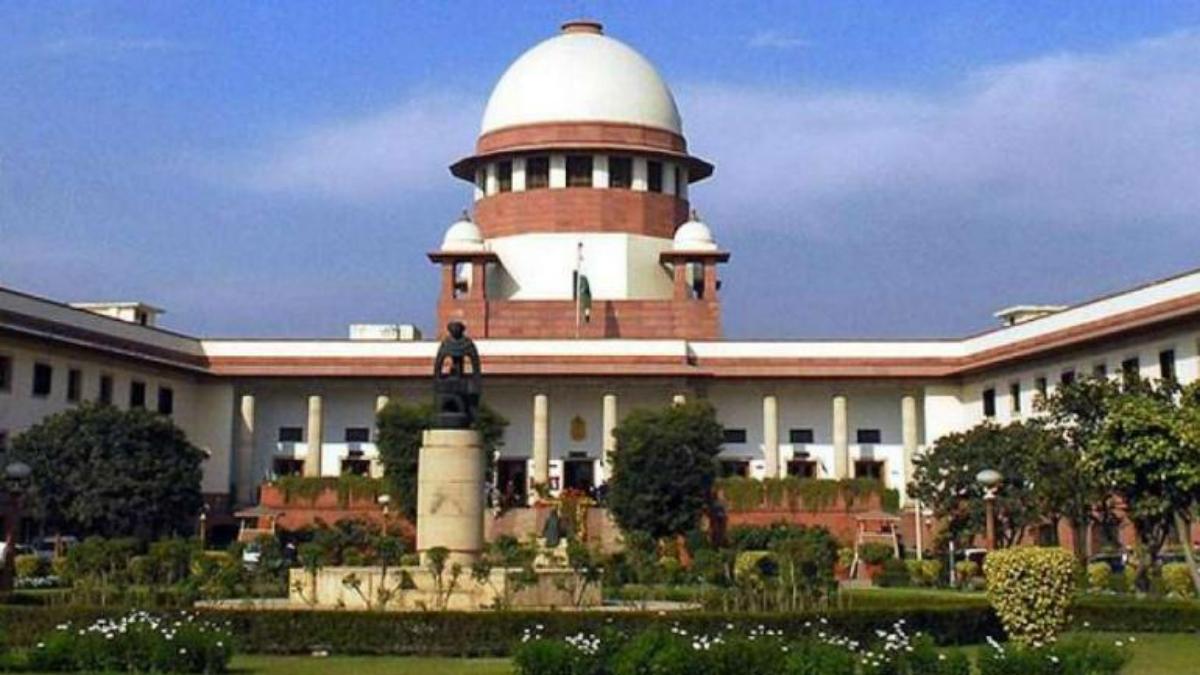New Delhi: The Centre on Thursday told the Supreme Court that issues pertaining to loan moratorium because of the COVID-19 pandemic is a fiscal policy matter and the government has taken various proactive steps keeping in mind different sectors.
While apprising the apex court about the steps and measures taken so far by the Union finance ministry and the Reserve Bank of India (RBI), the Centre told a bench headed by Justice Ashok Bhushan that it is not a case of no action and no further indulgence may be given even if the petitioners say that there could be a better option on this issue.
The bench, also comprising Justices R.S. Reddy and M.R. Shah, was told by solicitor general Tushar Mehta that to ask for sector-specific reliefs from the top court now is perhaps not a remedy available under Article 32 of the constitution of India.
The apex court was hearing a batch of petitions relating to charging of interest on interest by banks on EMIs, which were not paid by the borrowers who availed of the loan moratorium scheme given the pandemic.
The RBI had on March 27, 2020, issued the circular which allowed lending institutions to grant a moratorium on payment of instalments of term loans falling due between March 1, 2020, and May 31, 2020, due to the pandemic. Later, the moratorium was extended till August 31 this year.
The RBI and the finance ministry have already filed separate additional affidavits in the top court saying that the banks, financial and non-banking financial institutions will credit into the accounts of eligible borrowers by November 5 the difference between compound and simple interest collected on loans of up to Rs 2 crore during the moratorium scheme period.
During the hearing conducted through video-conferencing on Thursday, Mehta told the bench that it is the responsibility of banks to credit the difference between compound and simple interest collected on loans of up to Rs 2 crore during this period.
He said the disaster management authority has taken all the steps which were required to be taken by it and the NDMA has already done what it could have under the law.
Also read: Explained: The Upside and Downside of the Centre’s Proposal to Waive ‘Interest on Interest’
Centre has proactively taken steps through the finance ministry and the RBI, Mehta said, adding, “These are all fiscal policy matters.”
He said if the court is satisfied that the government is examining these issues, taking adequate steps and grievance redressal mechanism lies within the system itself then further indulgence was not required.
It is not a case of no action, the solicitor general said, adding, “The government is on top of it.”
He said that several relief measures were announced and decisions were taken by the concerned authorities keeping in mind every sector.
Mehta referred to the special economic and comprehensive Atmanirbhar Bharat package of Rs 20 lakh crore announced by the government in May and other relief measures to fight the pandemic.
The bench also heard submissions of senior advocate A.M. Singhvi who referred to issues pertaining to the power sector, especially power generation companies.
The apex court asked him to give his suggestions to Mehta as well as the counsel appearing for the RBI.
Mehta and senior advocate V. Giri, who was appearing for RBI, told the bench that there are different petitions before the apex court on the issue and the lawyers may give short submissions to them so that they may respond.
We permit counsel for the parties to submit their short submissions/suggestions to counsel for the RBI as well as solicitor general within three days, the bench said and posted the matter for further hearing next week.
On November 5, the RBI had urged the apex court to lift its interim order, which held that accounts not declared as non-performing assets till August 31 this year are not to be declared NPAs till further orders, saying it was facing difficulty due to the directive.
In a relief to stressed borrowers who are facing hardships due to the impact of COVID-19 pandemic, the apex court had passed the interim order on September 3.
The pleas pertained to the charging of interest on interest by banks on EMIs which have not been paid by borrowers after availing the loan moratorium scheme of RBI from March 1 to August 31.
Earlier, the RBI had filed the affidavit saying that it has asked all banks, financial and non-banking financial institutions to take “necessary actions” to credit into the accounts of eligible borrowers the difference between compound and simple interest collected on loans of up to Rs two crore during the moratorium scheme.
Before this, the central government had told the apex court that lenders have been asked to credit into the accounts of eligible borrowers the difference between compound and simple interest collected on loans of up to Rs 2 crore during the RBI’s loan moratorium scheme by November 5.
The government had said that the ministry has issued a scheme as per which lending institutions would credit this amount in the accounts of borrowers for the six-month loan moratorium period which was announced following the COVID-19 pandemic situation.







